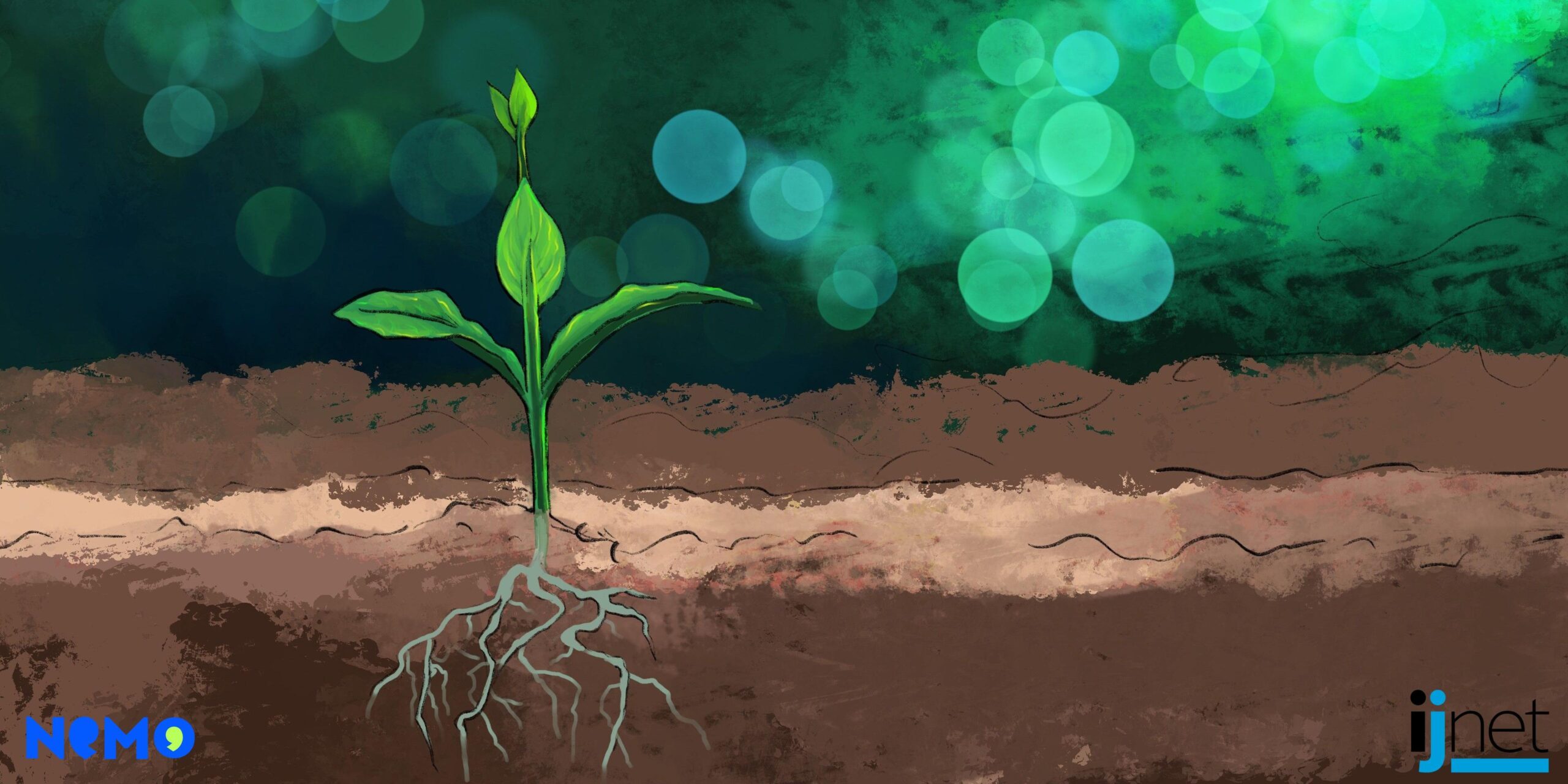
This resource is part of our Exiled Media Toolkit, produced in partnership with the Network of Exiled Media Outlets (NEMO), and with the generous support of the Joyce Barnathan Emergency Fund for Journalists.
Being critical, independent and financially sustainable are major challenges exiled media face daily.
Fundraising is essential to cover operational and organizational costs. This resource will outline concrete strategies on how to raise funds to produce news from exile:
Fundraising for exiled media
Access to subsidies for professional news production, as many public media outlets receive in functioning democracies, is typically blocked for exiled media. Finding funding in exile is also challenging because in the international aid and development sector, journalism is often not seen as a development goal in and of itself, but rather as a “tool” to reach mass audiences. Finding donors who acknowledge that access to factual information is a basic human right is key.
Exiled media must also identify whether donors they turn to are willing to offer support on a global or continental scale, or if they are restricted to a certain country or region. With this in mind, it’s important to find out before contacting a potential donor if their mission allows support without strict geographical boundaries.
Most international development funds offer two kinds of funding:
- Core funding – a fixed amount that covers operational costs over a longer period (usually one to three years), and which includes certain budget flexibility.
- Project funding – a precise budget for a designated activity over a shorter period (usually six to 12 months).
Running a newsroom in exile – which often entails working with an underground network of reporters inside the home country – is a complex operation with several unpredictable factors. This makes precise budgeting far ahead practically impossible. Core funding, able to cover a variety of operation costs, like salaries, is therefore critical for outlets to be able to maintain a steady news flow.
However, long-term core funding is rare. Most support that is earmarked “to strengthen organizational sustainability” is, in reality, mostly available on short-term timelines. Project funding, on the other hand, is more common and also easier to be granted. But it is often for smaller amounts and for a specific, shorter running goal or project that is relatively easy for the donor to monitor and justify.
Navigating donor relations
Experience has taught us that relationships with donors ideally should be cultivated one on one, as they require confidentiality and flexibility in order to navigate the risk and unpredictability of working in exile.
Being funded as part of a larger consortium, for example, often costs more time on coordination and allows less flexibility to implement project plans. Smaller grants that fund specific thematic content also often cost more time to implement, and can take away from the operation as a whole. “Micro-funding” content for a longer term through media partnerships with local civil society organizations and/or (I)NGOs can be more beneficial.
Funders of independent media should agree to fully respect editorial independence. For some media development funds this can be hard to accept, but a lack of independence will hurt overall audience trust in your media outlet.
Especially vulnerable exiled media have one valuable asset: trust. As soon as the credibility of their news is doubted, the brand loses value fast. Make clear: editorial independence is non-negotiable.
Consider these tips when dealing with donors:
- Know precisely in advance your potential donor’s core values
- Pitch an original and innovative plan, but don’t promise too much. This can lead to unrealistic impact expectations
- Never negotiate about editorial independence
- Never miss a deadline
- Be flexible when things don’t go as planned
Where to look for media funds
There are several different kinds of media funds around the world. Some government departments of foreign affairs will fund exiled media directly or through their embassies, and may even commit funds for several years.
Meanwhile, other media development organizations – largely funded by government departments or intergovernmental institutions – will partner with exiled media, frequently for one-year project funding, and require lots of training and impact measurements.
A few non-governmental funds or investors from Big Tech or wealthy charities also support specifically chosen media initiatives. Often, these “media investors” aim to support potentially profitable innovations, for which your exiled media may or may not be eligible.
Other forms of fundraising
As a professional exiled media organization you probably will have to work with a mix of large and small donors that give both core and project funding. The non-donor slice of the budget can be financed through social platforms like Google AdSense on the website and YouTube revenue.
Some exiled media manage to generate serious revenue with membership programs (such as providing access to premium content) or by raising funds through local events with diaspora audiences. This can be great, but it’s also often incidental income.
Consider also these two additional fundraising methods:
Crowdfunding
There are many ways to raise small, medium and large amounts of funding among your audiences, beyond the usual crowdfunding sites which often take a large cut. Make sure the donation button on your site works smoothly, and consider organizing local fundraising events like film screenings or media conferences, publishing ebooks written by staff, or creating premium high-quality content available to paying members only.
Emergency funding
As disasters can’t be predicted, this category of funding can’t be planned for. Nevertheless, it is wise to have a strategy ready just in case.
Crises in countries without media freedom can often become more disastrous after the event, due to the lack of reliable news. This is when exiled media can save lives and fundraising becomes more feasible.
Emergency funding needs to be delivered fast and requires donors to allow flexibility in planning, budgeting and justification. This targeted support often solely covers extra production costs (like short wave frequency fees) that don’t contribute to the core operation, but can help save lives and boost your brand.
Ole Chavannes is media developer at the Democratic Voice of Burma (DVB).



